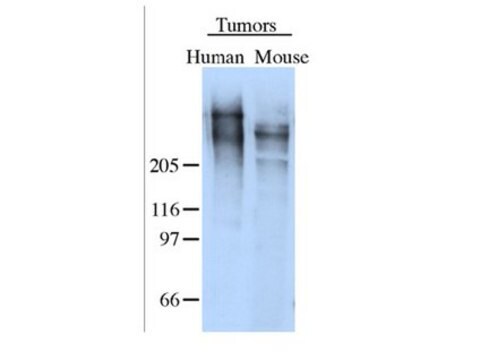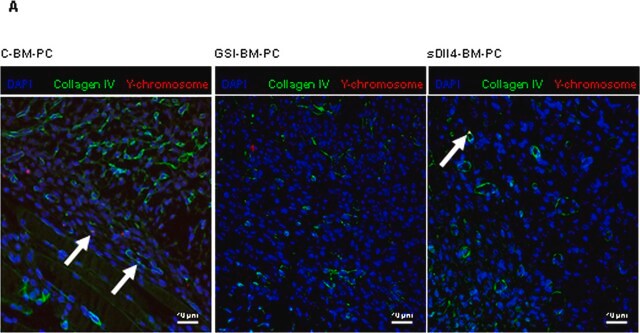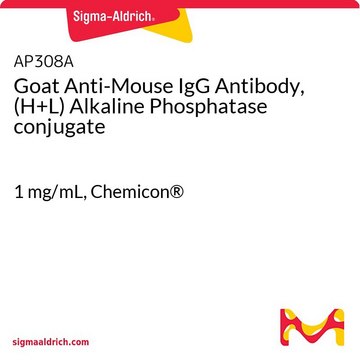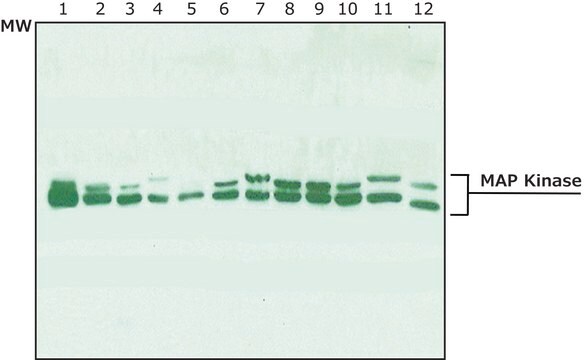AB19013
Anti-Tenascin Antibody
Chemicon®, from rabbit
Sinónimos:
Anti-150-225, Anti-DFNA56, Anti-GMEM, Anti-GP, Anti-HXB, Anti-JI, Anti-TN, Anti-TN-C
About This Item
Productos recomendados
origen biológico
rabbit
Nivel de calidad
forma del anticuerpo
affinity isolated antibody
tipo de anticuerpo
primary antibodies
clon
polyclonal
purificado por
affinity chromatography
reactividad de especies
chicken, human
fabricante / nombre comercial
Chemicon®
técnicas
immunohistochemistry (formalin-fixed, paraffin-embedded sections): suitable
Nº de acceso NCBI
Nº de acceso UniProt
Condiciones de envío
dry ice
modificación del objetivo postraduccional
unmodified
Información sobre el gen
human ... TNC(3371)
Especificidad
Inmunógeno
Aplicación
Western blot: Antibody recognizes a 220-240kDa band in reduced westerns; antibody reacts best with chicken, followed by human (100X less reactive). Mouse reactivity under reduced conditions is poor.
Immunohistochemistry: frozen and paraffin embedded tissues; citrate treatment useful for paraffin tissues.
Optimal working dilutions must be determined by the end user.
Cell Structure
ECM Proteins
Ligadura / enlace
Forma física
Almacenamiento y estabilidad
Nota de análisis
Embryonic chicken brain
Otras notas
Información legal
Cláusula de descargo de responsabilidad
¿No encuentra el producto adecuado?
Pruebe nuestro Herramienta de selección de productos.
Código de clase de almacenamiento
12 - Non Combustible Liquids
Clase de riesgo para el agua (WGK)
WGK 2
Punto de inflamabilidad (°F)
Not applicable
Punto de inflamabilidad (°C)
Not applicable
Certificados de análisis (COA)
Busque Certificados de análisis (COA) introduciendo el número de lote del producto. Los números de lote se encuentran en la etiqueta del producto después de las palabras «Lot» o «Batch»
¿Ya tiene este producto?
Encuentre la documentación para los productos que ha comprado recientemente en la Biblioteca de documentos.
Nuestro equipo de científicos tiene experiencia en todas las áreas de investigación: Ciencias de la vida, Ciencia de los materiales, Síntesis química, Cromatografía, Analítica y muchas otras.
Póngase en contacto con el Servicio técnico






